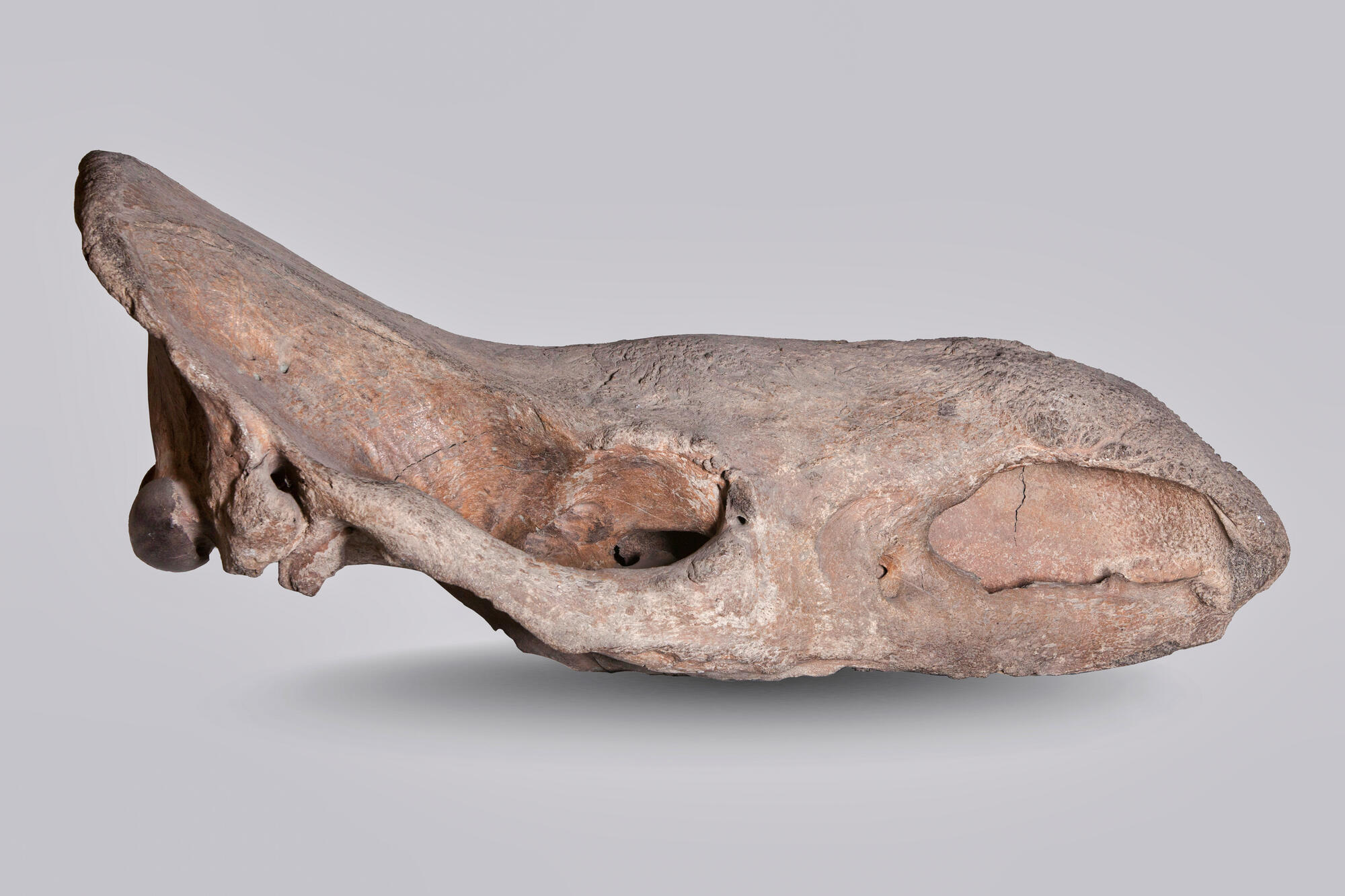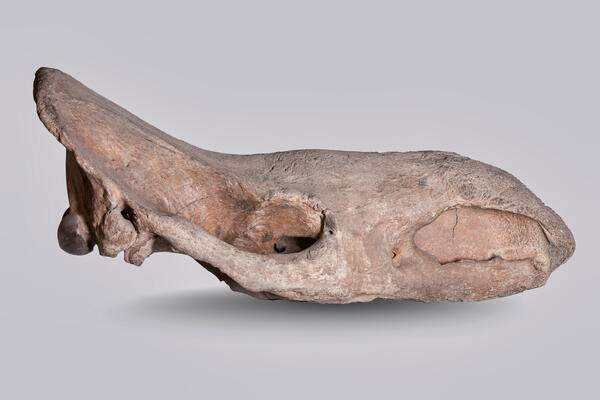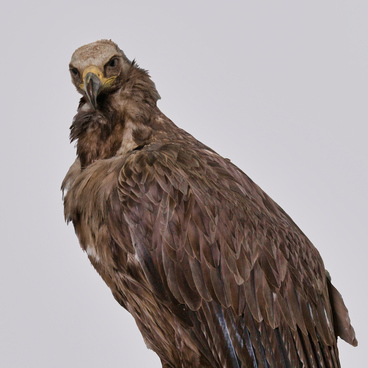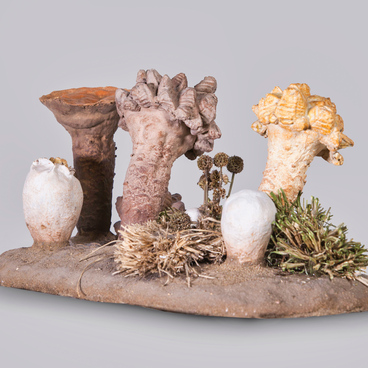A woolly rhinoceros (Coelodonta antiquitatis) was a mammal that belonged to the family Rhinocerotidae of the odd-toed ungulate. It inhabited large open spaces of Europe and Asia during the last Ice Age on Earth — in the Late Pleistocene (Upper Pleistocene) and the following Early Holocene. It went completely extinct 8–14 thousand years ago.
A woolly rhinoceros was a typical species of the mammoth fauna. According to Russian researchers, there are two closely related species of the woolly rhino. The first one, rhinoceros lenensis, lived in the cold climate of the vast open landscapes of Central Asia. It was big, had a large strong body, shortened limbs, and thickened dental enamel. The rhino quickly occupied northern latitudes and spread all over the Transbaikal and the Republic of Sakha (Yakutia). The second one, the rhinoceros that is considered the ‘woolly’ one, lived in Western Europe. It was smaller and better adapted to living in a forest-steppe.
The woolly rhinoceros had two horns — both male and female species had them. The structure of those horns was the same as that of the modern rhinos: the horns did not have a bone core on the bones of the skull and were made of keratin (one of a family of fibrous structural proteins known as scleroproteins). This is why their skulls are often found without any horns.
Both horns were heavily pressed from the sides. The front one was bent backward and could grow up to 1–1.4 meters, and its weight could reach 15 kilograms. The second one could only reach up to 15 centimeters in length. Unlike the modern rhino, the nasal septum of this ancient animal was completely ossified (having become hard and changed into bone). Scientists believe that the ossified nose septum was one of the evolutionary features that helped the animal to withstand great load in the horn and the face area.
The extinction of the woolly rhinoceros started in the Holocene during climate warming when the glaciers started to retreat. The climate became warmer and wetter, causing the snow cover to increase. The woolly rhino was not ready for this. If the snowline was higher than 35–40 cm, the legs of the animal started to sink into the snow. And if the snowline was even higher, the rhinoceros would sink into the snow up to its stomach and become completely helpless.
Many natural traps—empty spaces left from melted ice wedges, marshy shores of thermokarst lakes, and creeks, surrounded the short-legged but large animal. Most of the discovered rhinos died in such places.
As time went by, tundra and steppe turned into forests, and shrubbery and grass became less and less. The food supply of the woolly rhinoceros decreased, and the primitive hunters started to hunt them, which in many ways led to the extinction of the woolly rhinoceros.
A woolly rhinoceros was a typical species of the mammoth fauna. According to Russian researchers, there are two closely related species of the woolly rhino. The first one, rhinoceros lenensis, lived in the cold climate of the vast open landscapes of Central Asia. It was big, had a large strong body, shortened limbs, and thickened dental enamel. The rhino quickly occupied northern latitudes and spread all over the Transbaikal and the Republic of Sakha (Yakutia). The second one, the rhinoceros that is considered the ‘woolly’ one, lived in Western Europe. It was smaller and better adapted to living in a forest-steppe.
The woolly rhinoceros had two horns — both male and female species had them. The structure of those horns was the same as that of the modern rhinos: the horns did not have a bone core on the bones of the skull and were made of keratin (one of a family of fibrous structural proteins known as scleroproteins). This is why their skulls are often found without any horns.
Both horns were heavily pressed from the sides. The front one was bent backward and could grow up to 1–1.4 meters, and its weight could reach 15 kilograms. The second one could only reach up to 15 centimeters in length. Unlike the modern rhino, the nasal septum of this ancient animal was completely ossified (having become hard and changed into bone). Scientists believe that the ossified nose septum was one of the evolutionary features that helped the animal to withstand great load in the horn and the face area.
The extinction of the woolly rhinoceros started in the Holocene during climate warming when the glaciers started to retreat. The climate became warmer and wetter, causing the snow cover to increase. The woolly rhino was not ready for this. If the snowline was higher than 35–40 cm, the legs of the animal started to sink into the snow. And if the snowline was even higher, the rhinoceros would sink into the snow up to its stomach and become completely helpless.
Many natural traps—empty spaces left from melted ice wedges, marshy shores of thermokarst lakes, and creeks, surrounded the short-legged but large animal. Most of the discovered rhinos died in such places.
As time went by, tundra and steppe turned into forests, and shrubbery and grass became less and less. The food supply of the woolly rhinoceros decreased, and the primitive hunters started to hunt them, which in many ways led to the extinction of the woolly rhinoceros.



